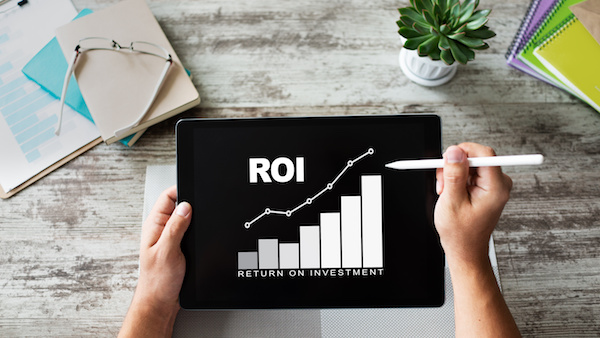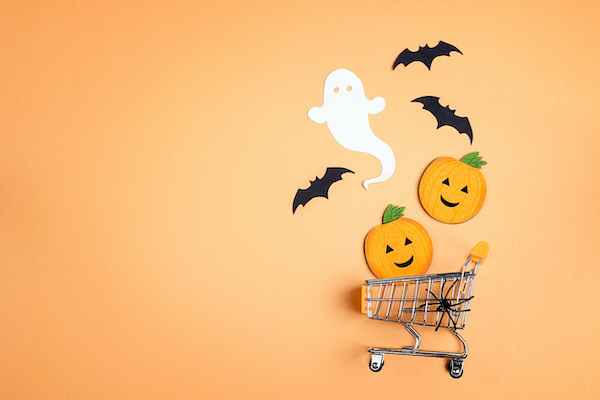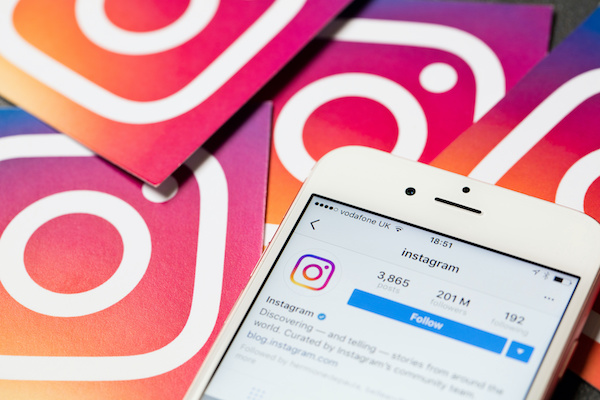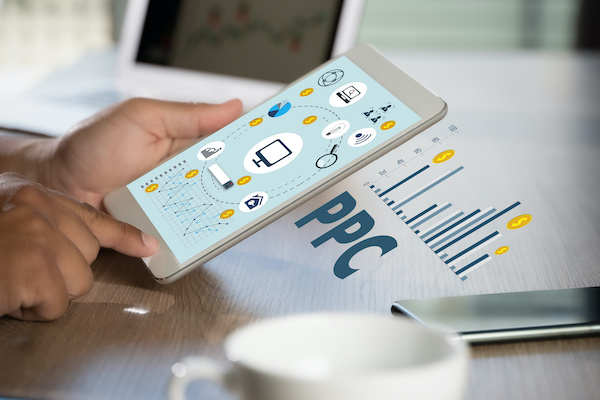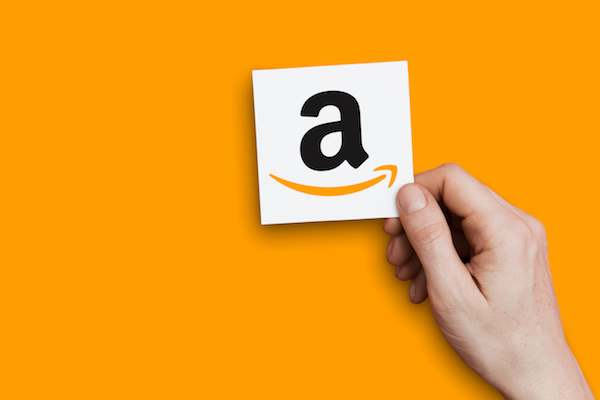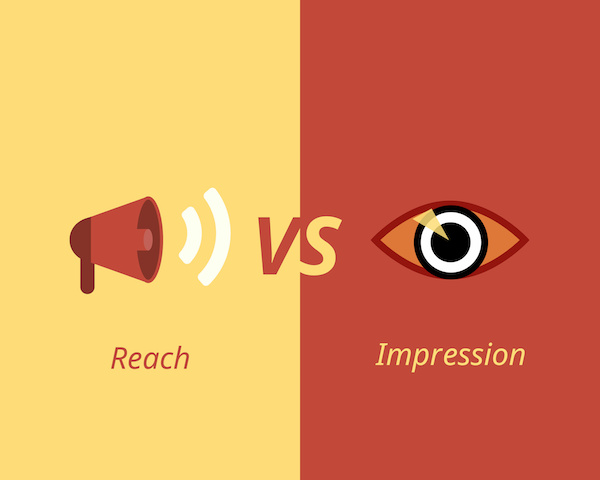
While there is no universal strategy for small business budget allocation, successful e-commerce companies will invest in a mix of both paid and organic initiatives. With a wide abundance of marketing channels available in various sectors of online advertising, it’s important to know where your money can be wisely spent to yield a higher return on investment (ROI) and which activities will strategically reach your target audience. In this blog, we will walk you through some steps that you should take when appropriating your marketing budget and offer tips on how to better budget yourself in the future.
Making the most of your digital marketing budget
Whether this is the first digital marketing budget you’ve ever built or you’re looking to give your process a little refresher.
Here are some steps that can help you to determine where the money should go:
- Use a budget tracker: All businesses need to track their expenses and analyze where cuts can be made to further the profit. Likewise, your first step to allocating a budget for digital marketing for a small business is to prepare data into a report that shows proposed spend, actual spend, and the results of your spend for future planning.
- Review goals: Your organization’s top priorities and initiatives are things to consider when budgeting for the next quarter. However, when reviewing these goals, you also need to factor in new product launches, deals, promotions, and event signups.
- Select the right sales channels: What works for one business or industry may not work for another, which is why outreach, demographics, behaviours, and intent are elements to consider when choosing the right sales channels. This will not only help you to avoid wasting money but also build up your buyer persona.
- Paid search: Online ad campaigns like Google Ads may use up much of your budget because of the cost-per-click but if you secure the right visitors to your website, the investment is well worth it.
- Paid social: Popular choices include Facebook ads, Instagram ads, and LinkedIn ads, which show up for potential customers on their social feeds. Depending on the dollar amount you spend, your chances of acquiring new customers can become heightened.
- Content marketing: Content is king and since it can typically be put online for little to no charge, the only cost associated with the content is the time that it takes to write. If you can do that yourself, great! But if you’re one of the many who need to rely on freelance writers to produce awesome business content, be sure to budget what you can afford and post as much as you can.
If you allocate your budget based on data, you’re setting yourself up to be successful. Since Trek Marketing works with digital marketing for small business, we have all the services and expertise you need for allocating your budget.
What other strategies do you consider when depending on your business budget? Drop a comment below to share.
Alex Wilks has been working as a copywriter and digital marketing strategist since 2018, with added specialties in social media and email marketing. With a Bachelor’s Degree in Journalism and Communication, she is a natural content writer with the ability to connect well with her target audience.



